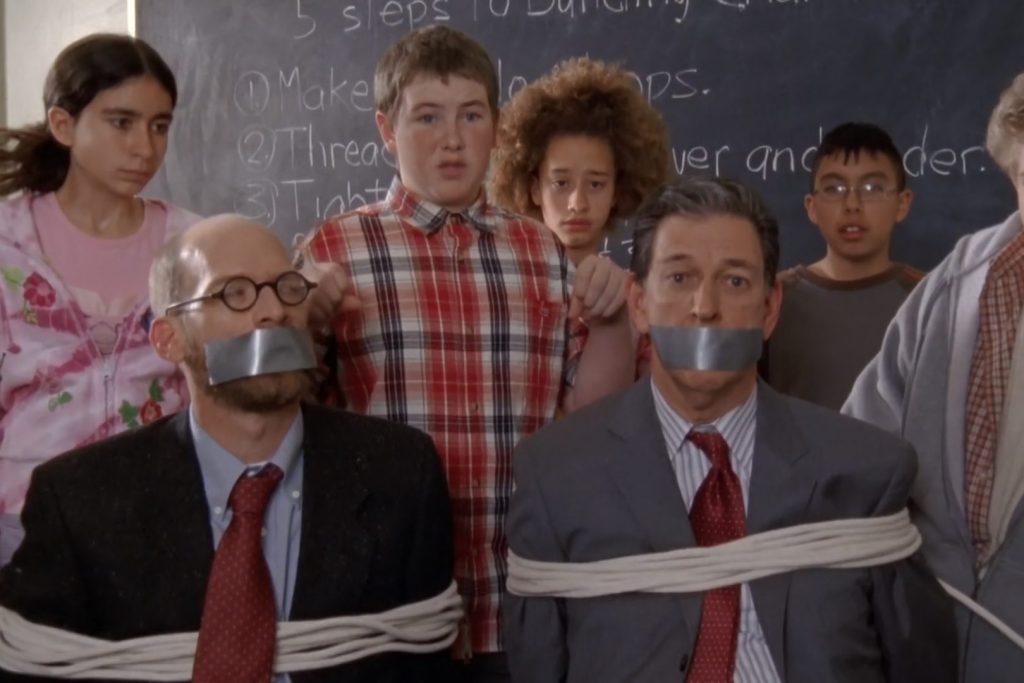Reports Of Teacher Shortages May Be Exaggerated
New data suggests the ongoing teacher shortage crisis may have been exaggerated, but that doesn't mean the situation isn't dire.

All over the news, evidence of a teacher shortage crisis can be felt. Across the nation, educators have suffered from the crippling effects the COVID-19 pandemic has had on the educator profession, as many discuss the issues public schools face with vast vacancies. To many’s surprise, a new report conducted by Chalkbeat with the help of the Associated Press concludes that the actual data regarding teachers leaving the profession suggests the numbers may be exaggerated.
While states like Illinois discuss efforts to entice more students to join the education field and fill the large teacher shortage gap within the state, the news headlines across the nation might be skewed. In fact, Chalkbeat reports that teacher resignation rates actually dipped after COVID first paralyzed schools across the nation. Similarly, data shows that the teacher departures rates generally returned to normal pre-pandemic levels as the 2021-2022 school year approached.
The caveat to the possibly skewed results across the U.S. on the teacher shortage is largely due to the fact that comprehensive national data on teacher turnover is non-existent. In fact, the federal government keeps no record of such information. On the state level, each state has its own method for tracking such turnovers, but some, like California, do not keep a record database of such information.

The comprehensive study conducted through Chalkbeat obtained data from five states along with records from 19 different large school districts including New York City and Houston. The data concluded that generally, the teacher shortage was actually comparable to the rates seen pre-pandemic. In Maryland, teacher retention remained between 9% and 10% for nearly a decade before the pandemic. As of this year, the figure remained consistent at an attrition rate of 9.3%. Likewise in Washington state, an average of 9.2% of teachers quit each year before the pandemic. This year, that figure rose slightly to 10%, according to a new analysis. Similar data were found in large school districts as well in Dallas, Houston, and Clark County, Nevada.
While the new data might look promising regarding the teacher shortage issues throughout the nation, many educators still fear for the worse. While teachers may not yet be leaving the profession behind, experts still believe the crisis will only get worse over time. Survey data shows more teachers than ever have considered leaving the profession. One poll in particular estimated that nearly half of all educators have considered quitting.

“I still worry,” said Gema Zamarro, a researcher at the University of Arkansas that studies the teacher shortage through turnover. Zamarro iterated that teachers are “stressed” and “burned out” from the demanding profession. Similarly, Zamarra hinted at a bigger problem faced by the nation: What if the teachers that are burned out don’t leave? The newly compiled findings from Chalkbeat don’t necessarily suggest the teacher shortage crisis should be forgotten. If anything, it points to a larger problem the nation faces as the country which once nearly led the globe in educational advancement continuously falls in educational rankings. The solution might not be simple. Much of the crisis needs to be addressed through better teacher attrition with increased wages and materials, along with better support from state officials.







